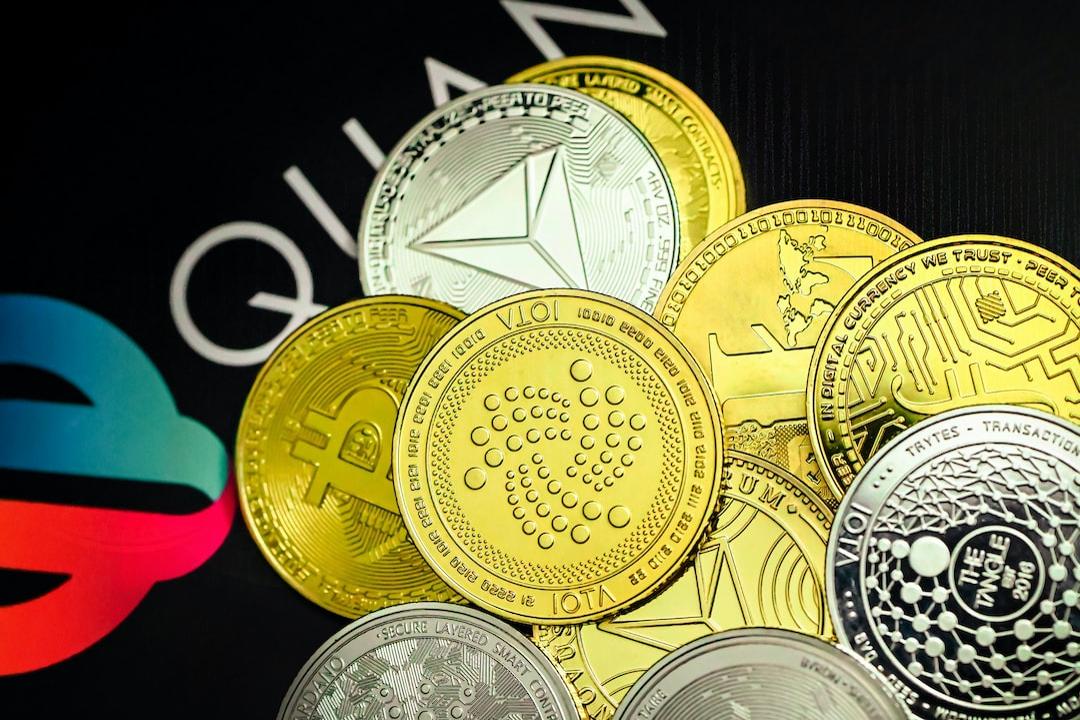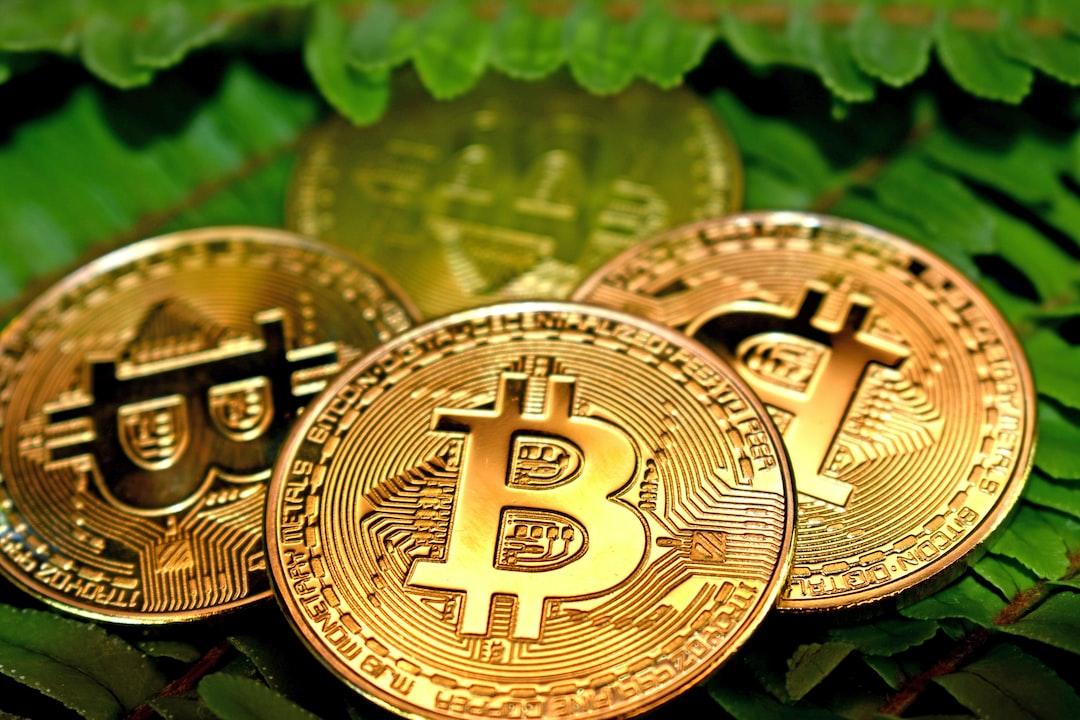How do “worthless” “trash coins” succeed in attracting investors?
Recently, it was reported that a Taiwanese exchange had listed “trash coins” with no value, resulting in hundreds of investors being scammed, with illegal gains amounting to billions of New Taiwan Dollars.
So how do these valueless “trash coins” manage to lure investors in? “WEB3+” interviewed Ms. Lin, one of the victims, to uncover the tactics used by the project team.

Recently, it was reported that a Taiwanese exchange had listed “trash coins” with no value, resulting in hundreds of investors being scammed, with illegal gains amounting to billions of New Taiwan Dollars.
Tactic 1: Sharing stories of successful wealth accumulation to pique investor interest
Ms. Lin recalled that two years ago, she and her brother wanted to start investing and met the promoter of the “NFTC Token” project, Mr. B, through Instagram.
Mr. B claimed to be a “financial expert” and boasted various stories of making huge profits from cryptocurrency investments on social media, even showcasing his luxury cars purchased with investment returns to attract attention.
As a novice investor at the time, Ms. Lin found cryptocurrency to be innovative and believed in the future development of the project, so she and her brother bought a considerable amount of “NFTC Tokens.”
Tactic 2: Using mainstream cryptocurrency examples to build investor “trust”
Ms. Lin revealed that Mr. B usually communicated with clients through “video calls” or “phone calls” and actively assisted in financial planning, creating a genuine perception of trust in him.
Mr. B employed various sales tactics, starting by introducing clients to popular cryptocurrencies like Bitcoin (BTC) and Ethereum (ETH), informing them of the long-term price increases and substantial profits compared to traditional financial returns. Step by step, he built trust in himself, ultimately luring investors in.

Ms. Lin revealed that Mr. B usually communicated with clients through “video calls” or “phone calls” and actively assisted in financial planning, creating a genuine perception of trust in him.
Once investors believed in what Mr. B said, he would then start promoting the purchase of more similar “trash coins,” such as “Slim Token,” claiming that buying them would grant access to physical beauty treatments, and so on.
Since trust had already been established in Bitcoin and Ethereum, investors would have no doubts and naturally assume that other coins would also continue to rise, confidently investing large sums of money.
Tactic 3: Preventing investors from withdrawing funds
Mr. B would have investors buy coins through traditional financial transfers and require them to sign relevant contracts. If investors did not continue to invest more funds midway, Mr. B would even encourage them to apply for loans to obtain additional capital for purchasing more “trash coins.”
In the end, Ms. Lin discovered that the coins she had purchased had never shown any growth in profits. When she tried to withdraw and convert them back to New Taiwan Dollars to terminate her investment, she was repeatedly rejected by Mr. B, which made her realize that something was amiss.

Ms. Lin discovered that the coins she had purchased had never shown any growth in profits. When she tried to withdraw and convert them back to New Taiwan Dollars to terminate her investment, she was repeatedly rejected by Mr. B, which made her realize that something was amiss.
What’s even more infuriating is that, despite the exposure of the fraudulent activities, Mr. B continued to attempt to pacify clients on social media, claiming that the price fluctuations were temporary and promising to provide updates on the situation.
Ms. Lin urges other victims and novice investors to not fall for these illegal practices. She hopes that by sharing her own experience, more people will be aware of such scams.
Proofread and edited by: Gao Jingyuan
Victim Comes Forward: Revealing the Zero-Value “Trash Coin” – How Did it Succeed in Attracting Investors?
Related Posts
Add A Comment

